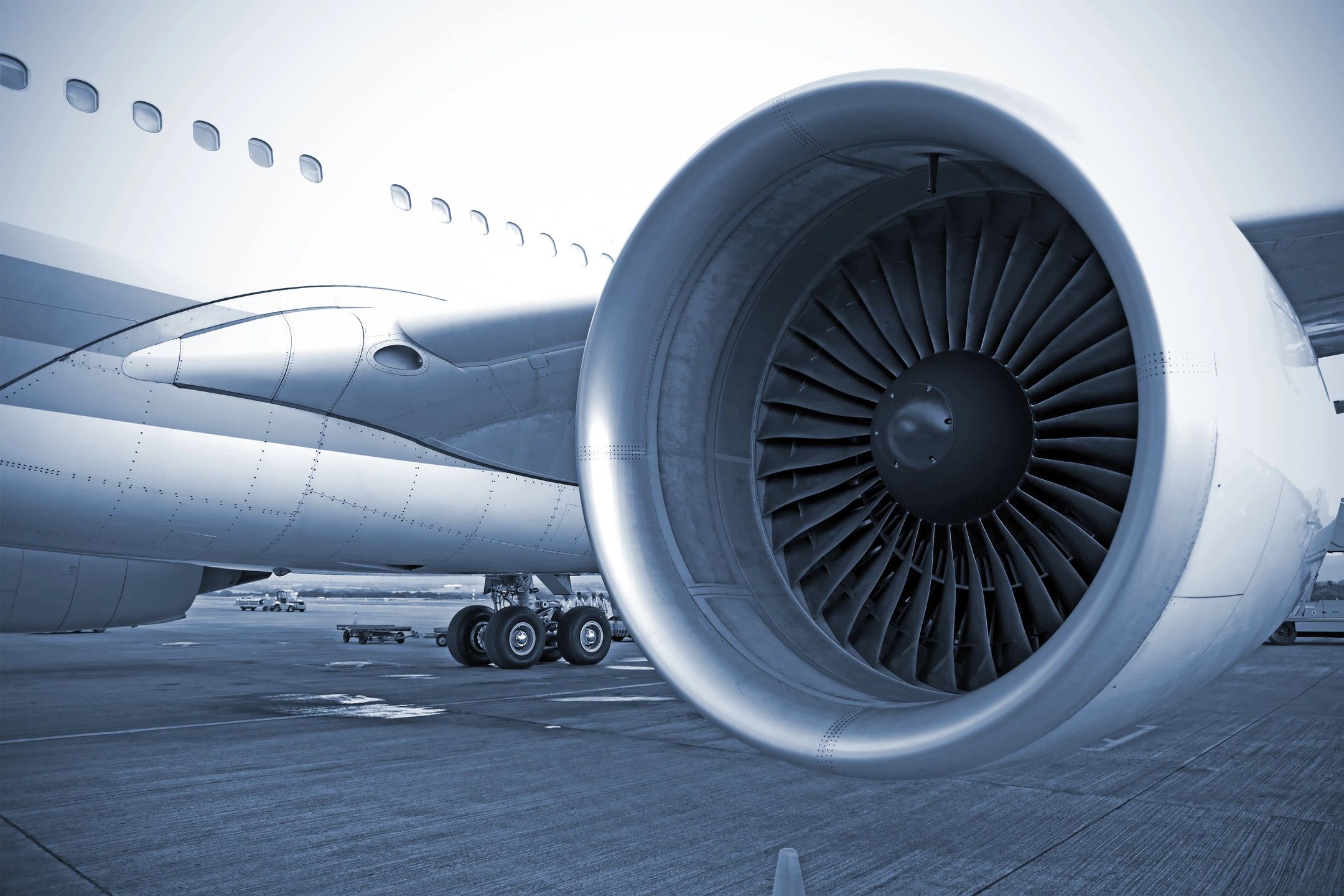A significant appraisal component for aircraft is something you can’t tell from the first glance. Whether you’re comparing Air Force One to a Beechcraft, engine quality is crucial for airplane values.
When you drive that new shiny car off the lot, maintaining its engine’s upkeep is at your sole discretion. A lot of us enjoy washing the outside every weekend but are maybe driving around with the oil light on.
It ends up not mattering much anyway.
Prospective buyers are more concerned about door dings and smell before asking about the last oil change.
With airplanes, it’s much different. It’s essential to keep the following in mind for how the state of an engine can impact appraisal.
Maintenance History and Airplane Values
Logging maintenance records and inspections for an aircraft is not only wise for its engine longevity, but it’s also the law. The Federal Aviation Administration (FAA) mandates frequent inspections depending on the type of aircraft to ensure safety.
Like all machinery, airplane values depreciate from constant use. Flight cycles – one takeoff and one landing – should always be documented. But how do we know how much strain is put on an engine?
The answer’s actually not saving gas receipts.
Since basing it off mileage with an odometer is virtually impossible, a Hobbs meter acts as a stopwatch by providing the exact time an engine’s in use. It’s vital to pay attention and know when an aircraft is due for an inspection. Missing one could result in longterm issues for an engine’s health.
An appraiser or prospective buyer may naturally be curious about the engine quality of a plane with flight cycles overseas. Aircraft that abide by FAA maintenance regulations with logged documentation, however, can assure engine safety and realistic remaining lifespan.
Full-Life vs. Half-Life Engines
When purchasing an airplane, you’re also taking on future costs for sustaining its engine. A small airplane cost may fit your budget, but its engine status could set you back if it needs dangerous immediate repairs.
Maintenance logs will deem it as either full-life or half-life.
Full-life engines are brand new or in recently restored condition. Half-life infers an engine has used up least 50% of its components and will eventually be due for a significant overhaul, if not replacement.
This can also be applied to other parts of the plane that may need future overhauls.
Seeing old airplanes for sale might automatically make us think its engine is in rough condition, but it’s very well possible restoration has brought it back to full-life, making it safer than newly listed models with improper maintenance history.
It’s also essential to make sure your aircraft is correctly appraised so its engine status can be assessed.
Conclusion
Ultimately, airplane values are contingent on multiple factors, but the history of its engine and documentation to support it is perhaps the most important. Without it, you won’t be able to determine the engine’s lifespan and value.
This should be kept in mind for both the prospective buyer and seller. Use an engine’s quality to your advantage when trying to agree on a price. Aircraft repairs aren’t as simple as dropping it off at the local mechanic for a couple of hours.
Need more information or tips on evaluating your airplane’s engine? Contact us with any questions you may have.




